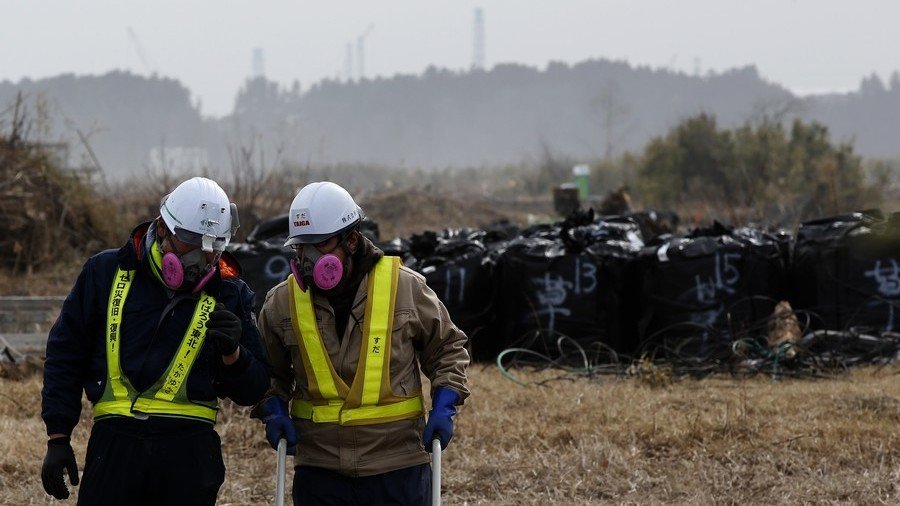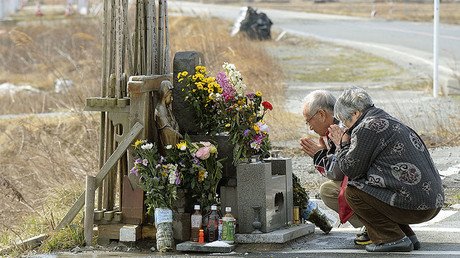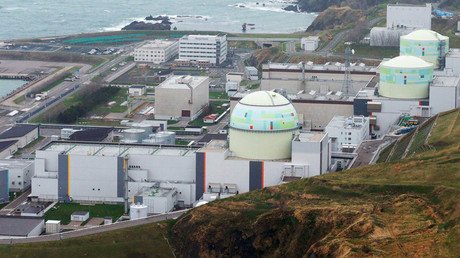Fukushima operator turned down tsunami simulation plan 9yrs before disaster

Nine years before disaster struck the Fukushima nuclear plant, its operator TEPCO rejected a government watchdog’s advice to carry out a tsunami simulation. The company cited a lack of evidence regarding a tsunami threat.
A government research group warned that large tsunami waves could hit anywhere along the Pacific coast of Japan back in July 2002. The group referred to a 20-percent tsunami probability over the following 30 years.
The now-reformed nuclear watchdog, the Nuclear and Industrial Safety Agency (NISA), decided to act on the report and requested that Tokyo Electric Power Company (TEPCO) stage a simulation of a possible tsunami, according to a testimony from NISA official Shuji Kawahara, who headed a team responsible for quake safety issues.
Kawahara’s testimony was submitted to the Chiba District Court as part of an ongoing compensation lawsuit against the government and TEPCO, which has been filed by affected evacuees.
TEPCO representatives, Kawahara said, “resisted for 40 minutes” during a meeting with NISA officials, and eventually dismissed the request for a simulation. He believed the company turned it down because “it would take substantial time and expense to carry out a simulation.”
Citing a report from two seismologists, TEPCO said there was not enough evidence that a powerful earthquake and tsunami were a realistic threat to the Fukushima plant. NISA agreed with the rejection, which was a “justifiable” response under nuclear safety regulations that were in place at the time, Kawahara said.
TEPCO still conducted a simulation in spring 2008. Although it showed that waves as high as 15.7 meters could slam the plant, the company did not act on the findings. The simulation was based on a hypothetical scenario, TEPCO said, noting that no evidence suggested such a powerful tsunami could actually happen.
In March 2011, a 9.0-magnitude earthquake hit off the north-eastern coast, sending shockwaves across the country. The subsequent tsunami waves, reaching up to 40 meters in height, breached the Fukushima plant’s sea defenses, triggering reactor meltdowns. In the wake of the disaster, more than 160,000 people fled their homes.
READ MORE: Japan’s nuclear watchdog urges discharge of Fukushima radioactive water into ocean
Last year, a district court in Maebashi ruled in favor of evacuees seeking damages from the government. The court said the government and TEPCO could have prevented the catastrophe if anti-tsunami measures had been put in place. The operating company “was capable of foreseeing several months after (the estimate) that a large tsunami posed a risk to the facility and could possibly flood its premises and damage safety equipment, such as the backup power generators,” the ruling stated, citing government estimates from 2002.















